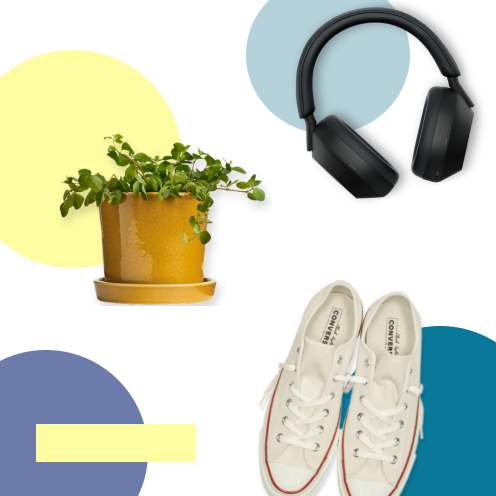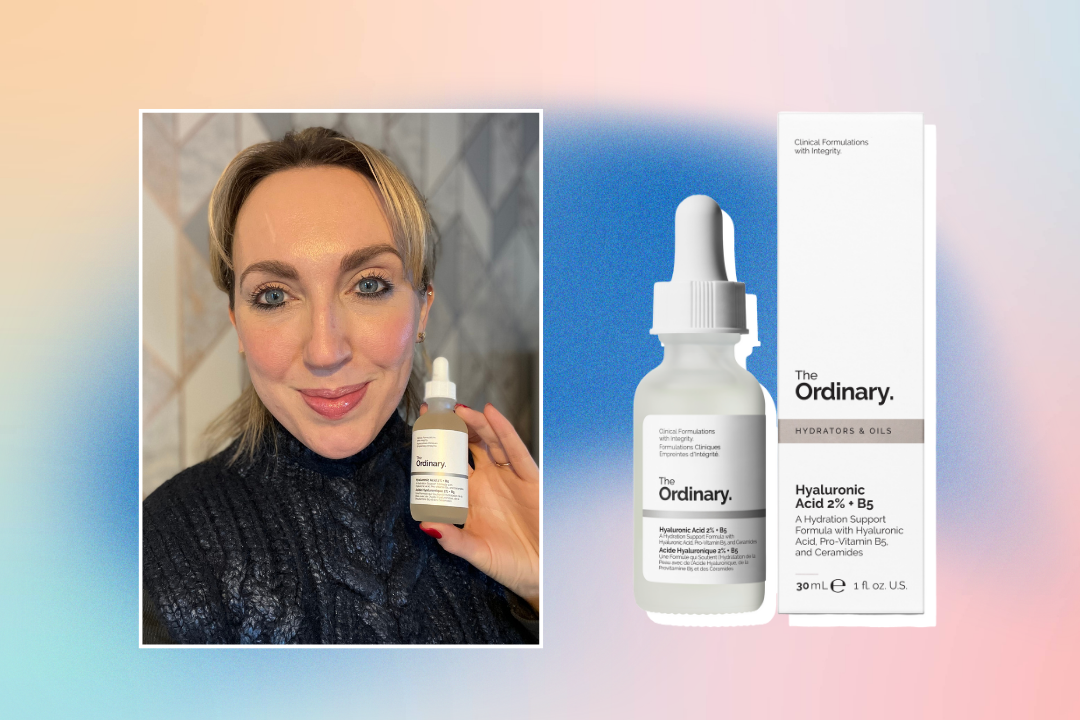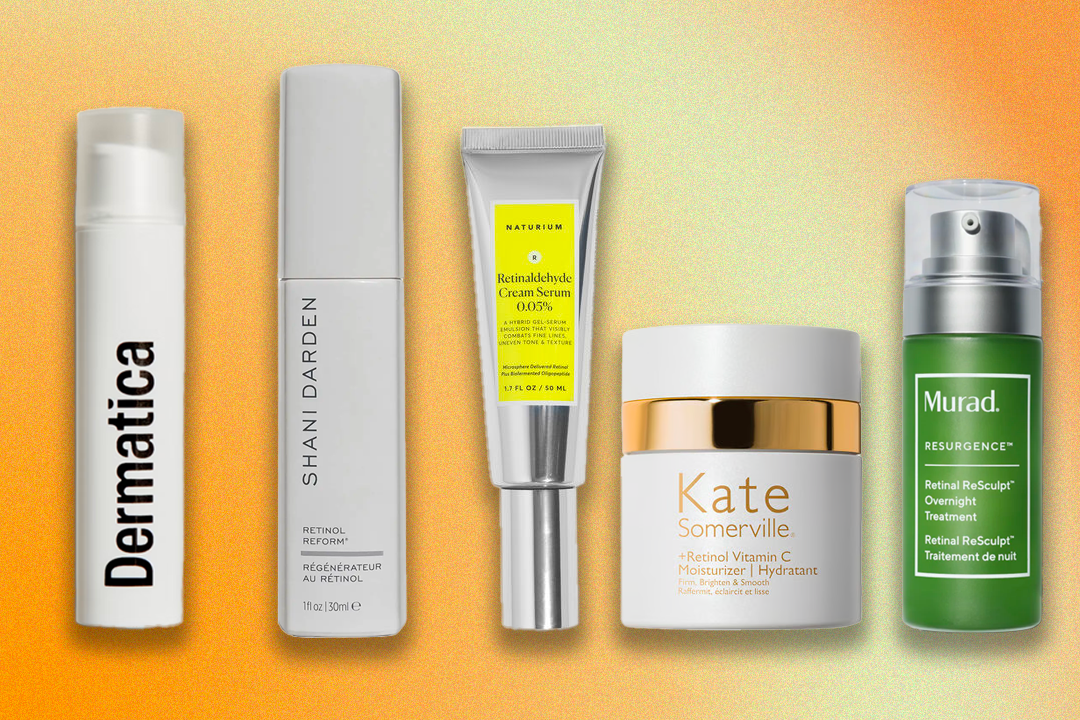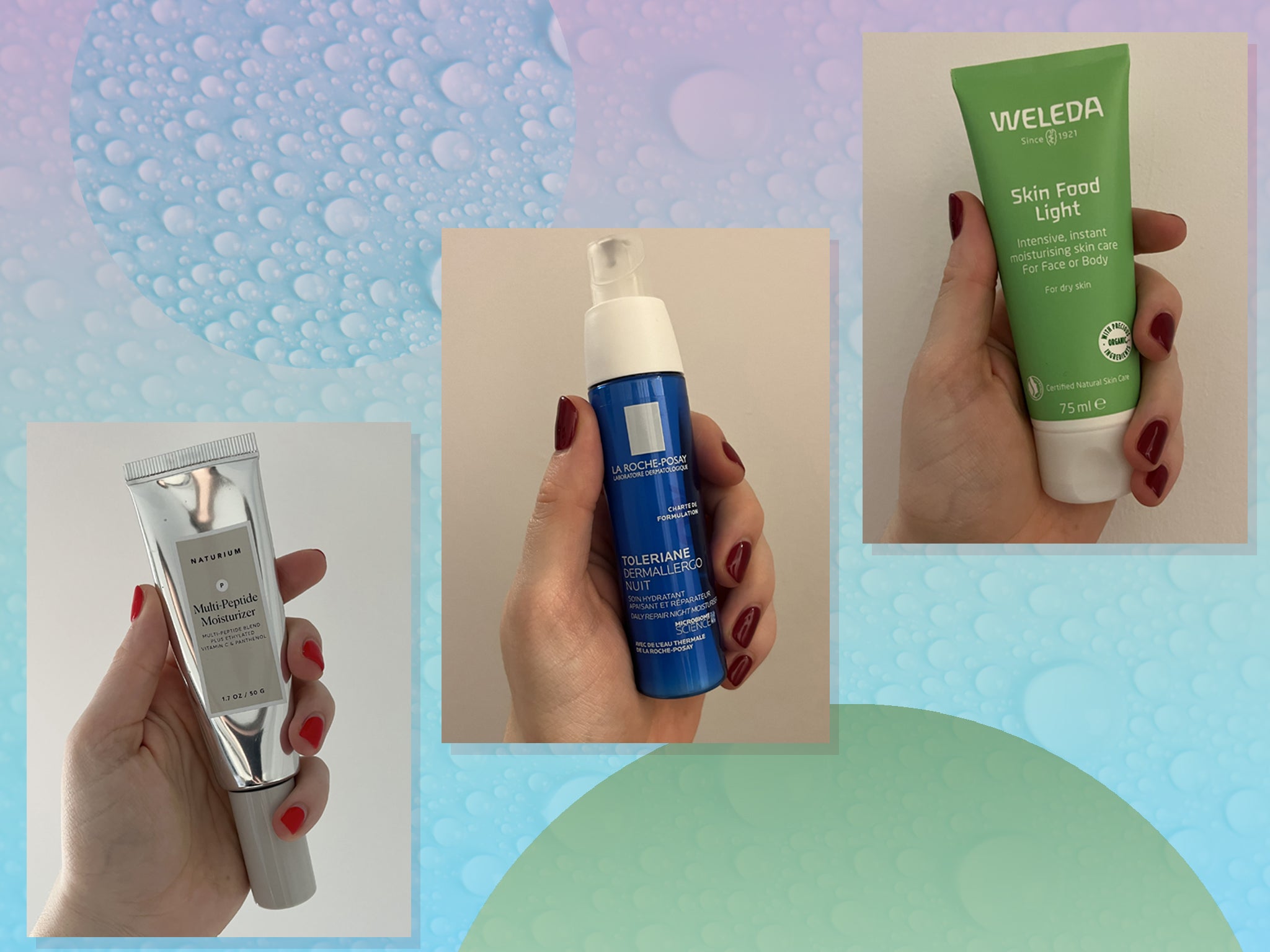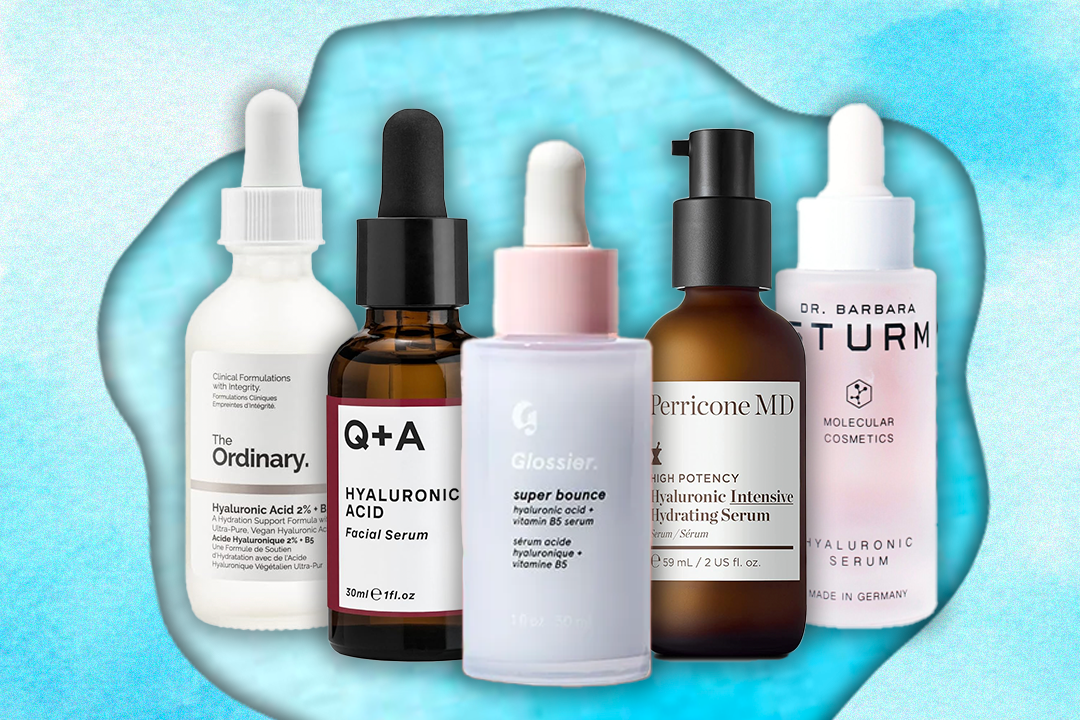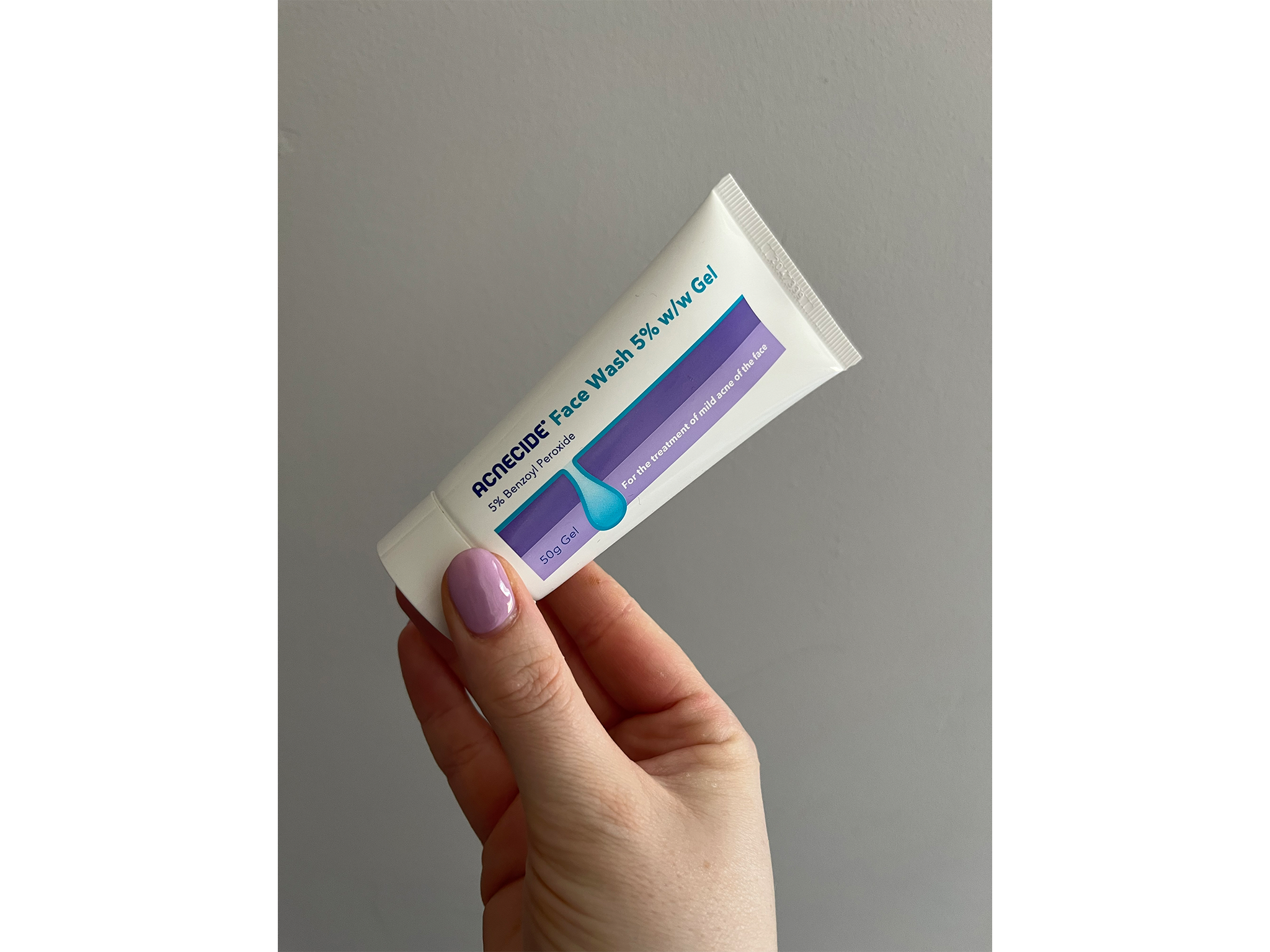
The Independent's journalism is supported by our readers. When you purchase through links on our site, we may earn commission. Why trust us?
We tried the best skincare products for acne, according to dermatologists
If you’re struggling with breakouts, here’s what the experts recommend


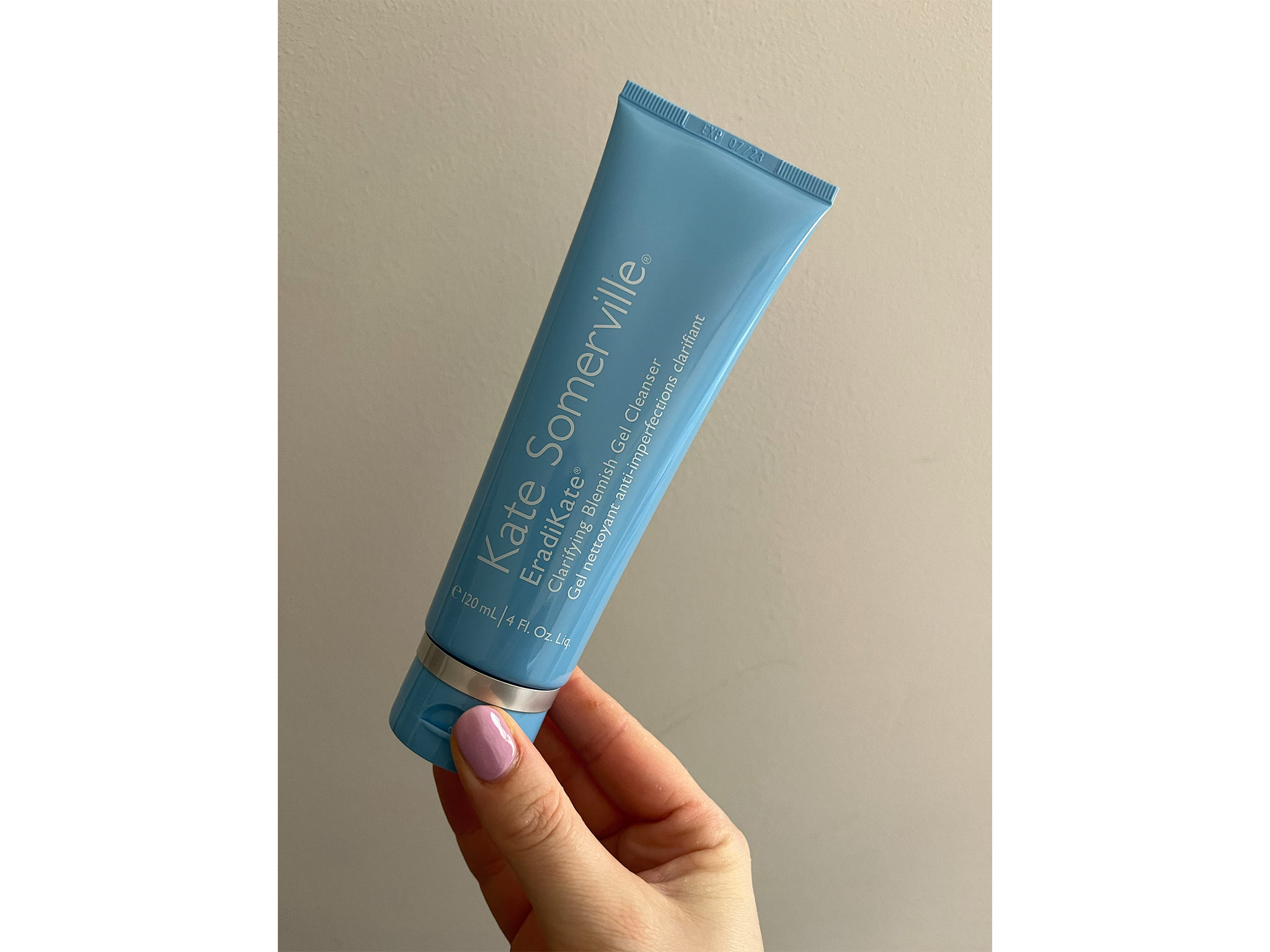 Best cleanser for combination skinKate Somerville eradikate clarifying blemish gel cleanserRead review£38
Best cleanser for combination skinKate Somerville eradikate clarifying blemish gel cleanserRead review£38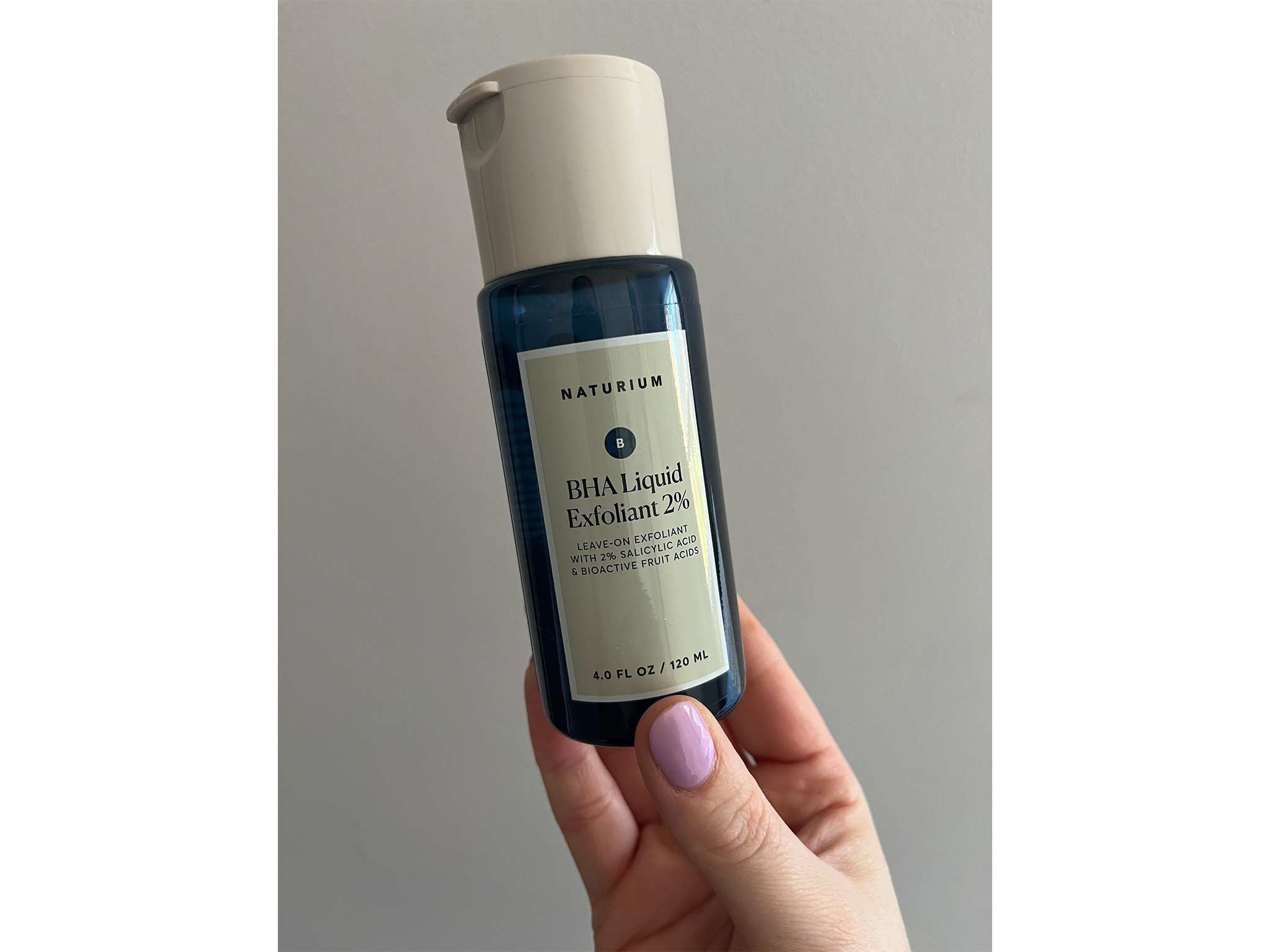
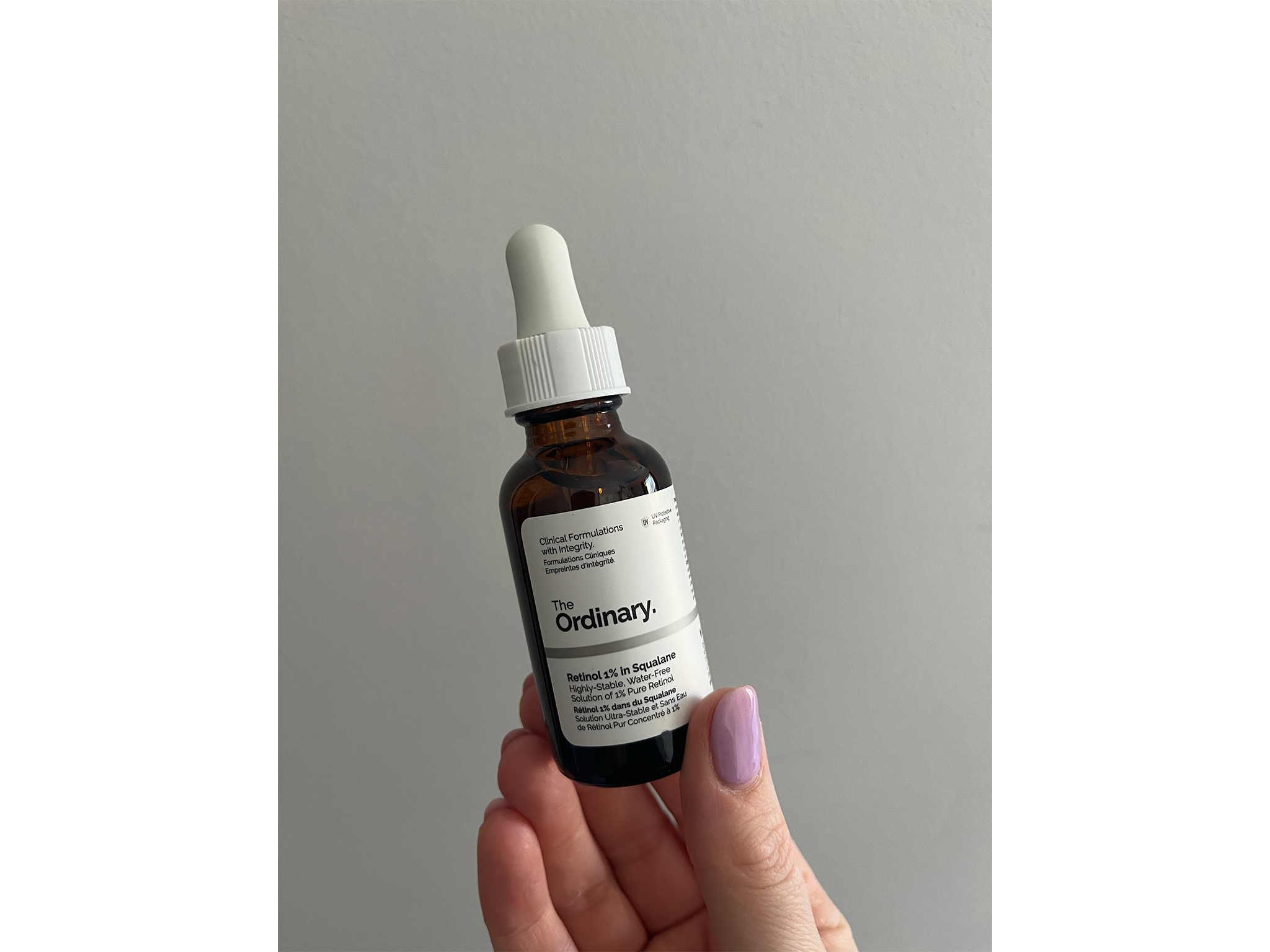
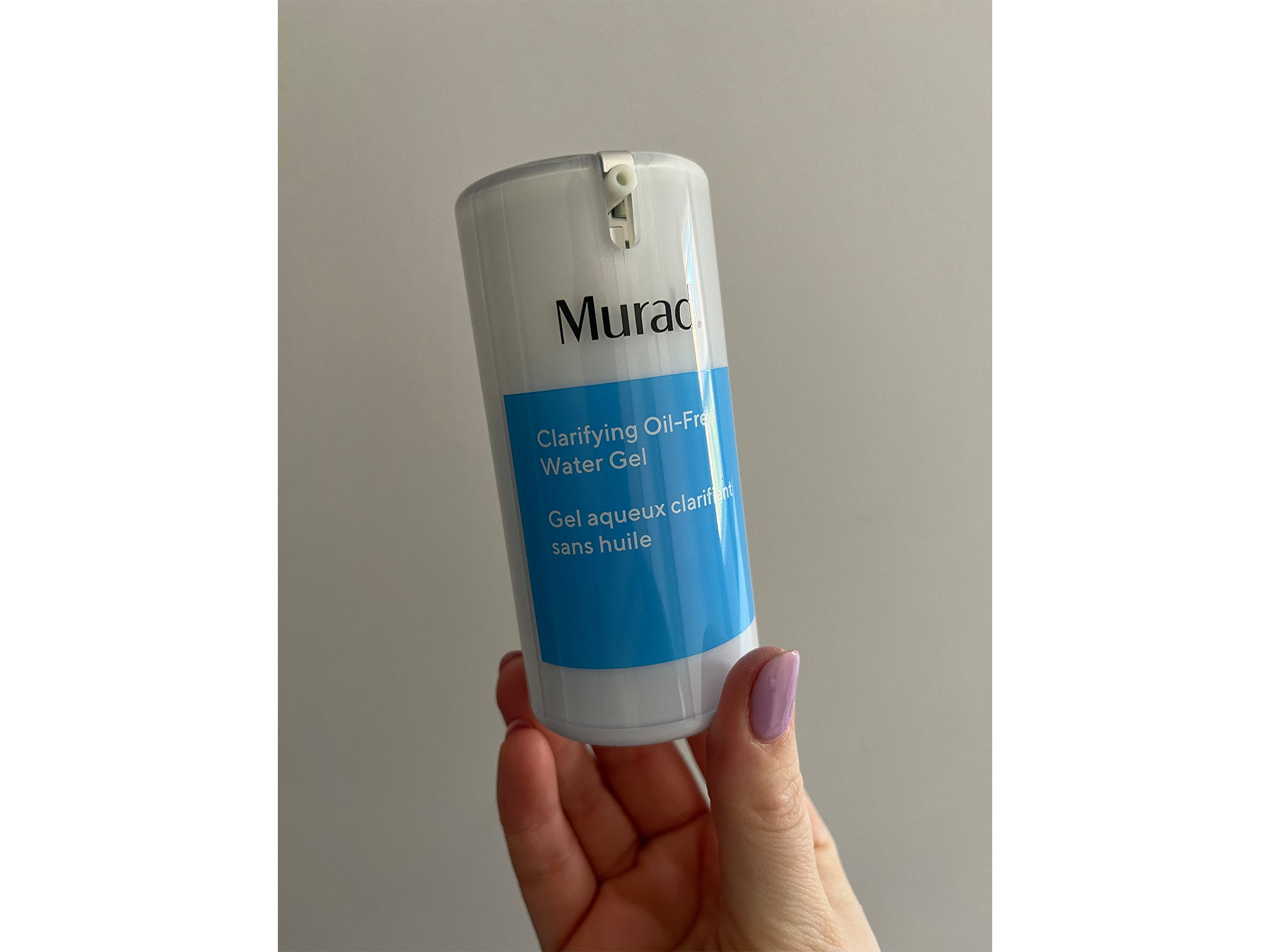

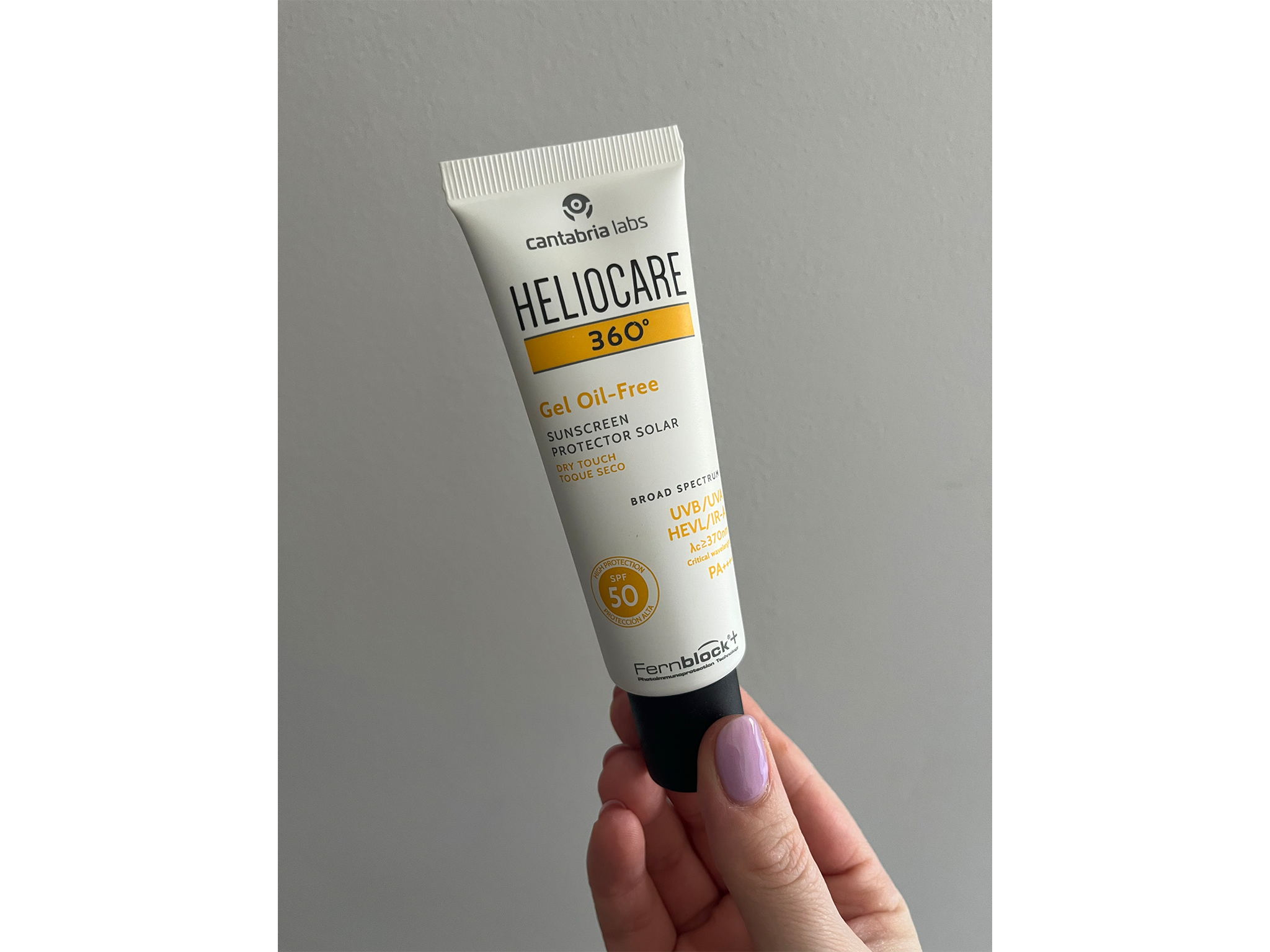
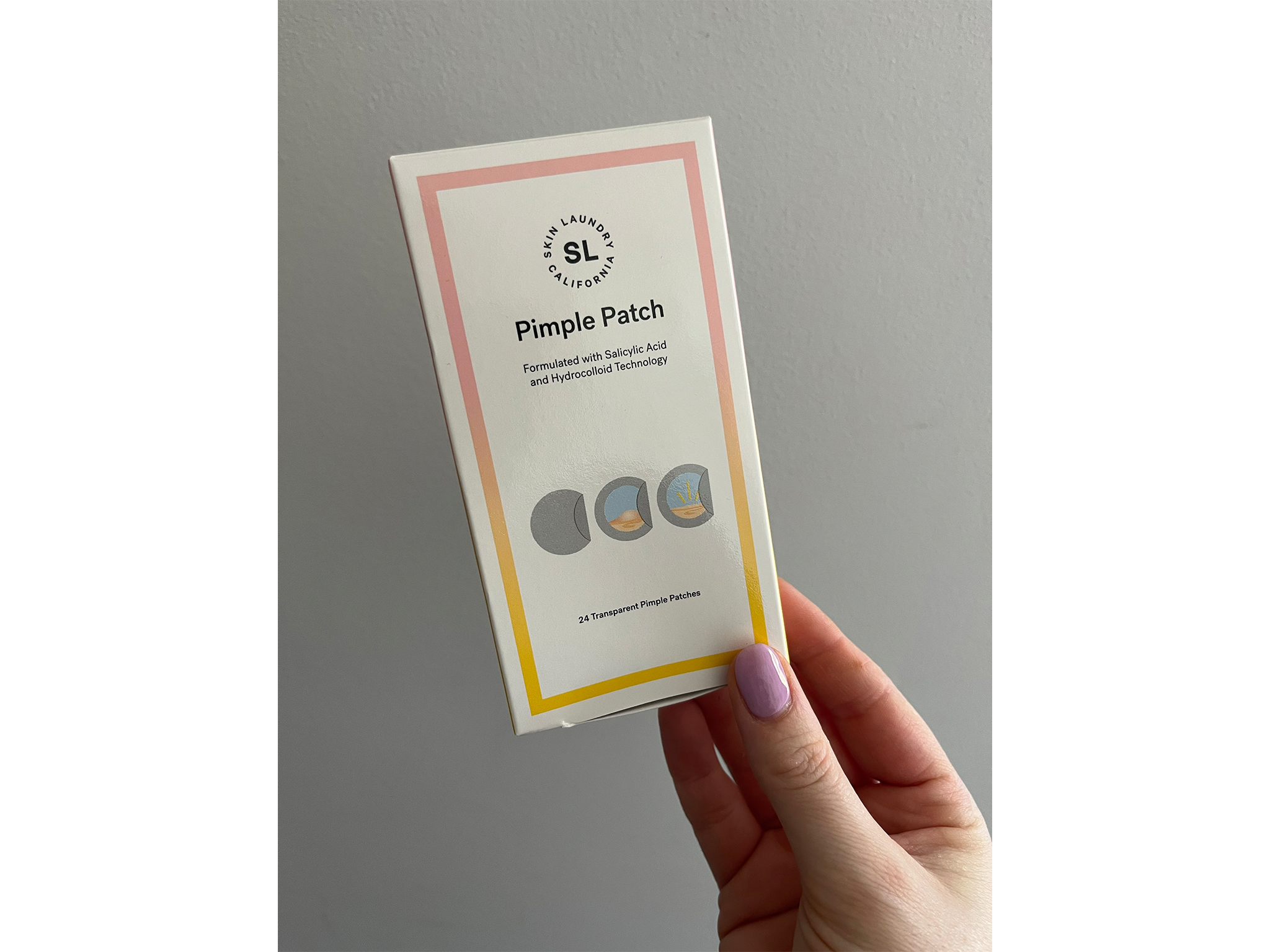
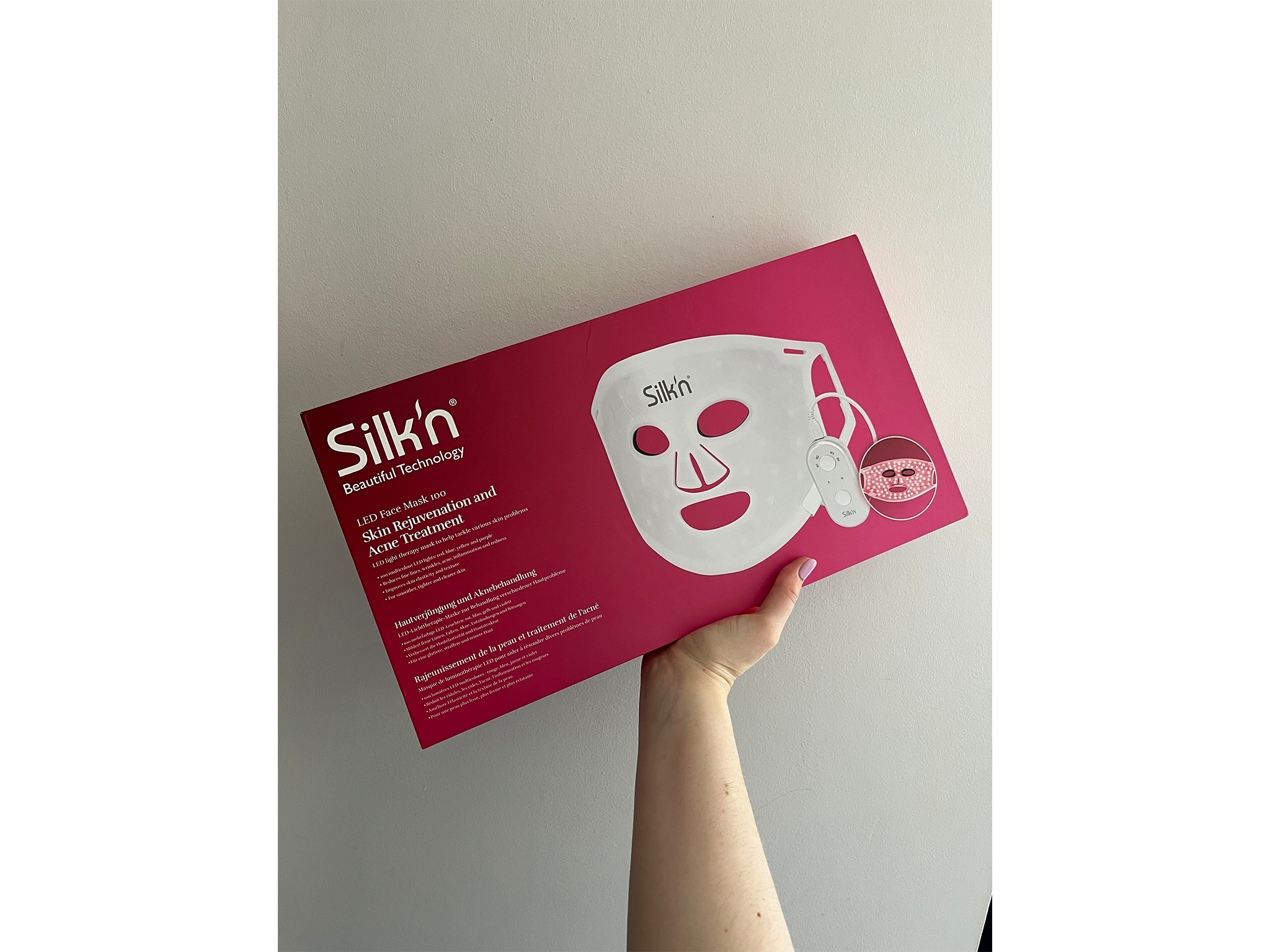
Adult acne is one of the most common skin concerns and can present in many different ways across the face and body. This can range from blackheads and whiteheads to small red bumps called papules, pus-filled spots known as pustules or painful cysts.
According to Dr Anjali Mahto, consultant dermatologist at Self London, acne accounts for around 3.5 million GP appointments each year in the UK.
Puberty and genetics play a significant role in the appearance of acne, Dr Mahto explains. “During puberty, our bodies start to produce male hormones known as androgens (particularly testosterone). Women also produce androgens, albeit in smaller quantities than men. These androgens act on the oil glands, causing them to increase oil production. At the same time, cells lining the hair follicle become ‘sticky’ and start clumping together in a process known as follicular hyperkeratinisation. The end result is that pores become blocked with sticky skin cells and excess oil.”
That’s not the only factor to consider if you’re keen to tackle breakouts. Dr Sonia Khorana, a GP with a special interest in dermatology, advises that other triggers can include your menstrual cycle, hormones, medication, gym supplements, diet and stress.
Treating acne, however, requires careful consideration and a balanced skincare routine. But it can be difficult sifting through the hundreds of over-the-counter products that exist – which all promise a blemish-free complexion – so, finding the right ones is not as easy as it should be. Therefore, we consulted Dr Mahto and Dr Khorana to find out what products and treatments they recommend to manage acne-prone skin.
How we tested the best skincare products for acne
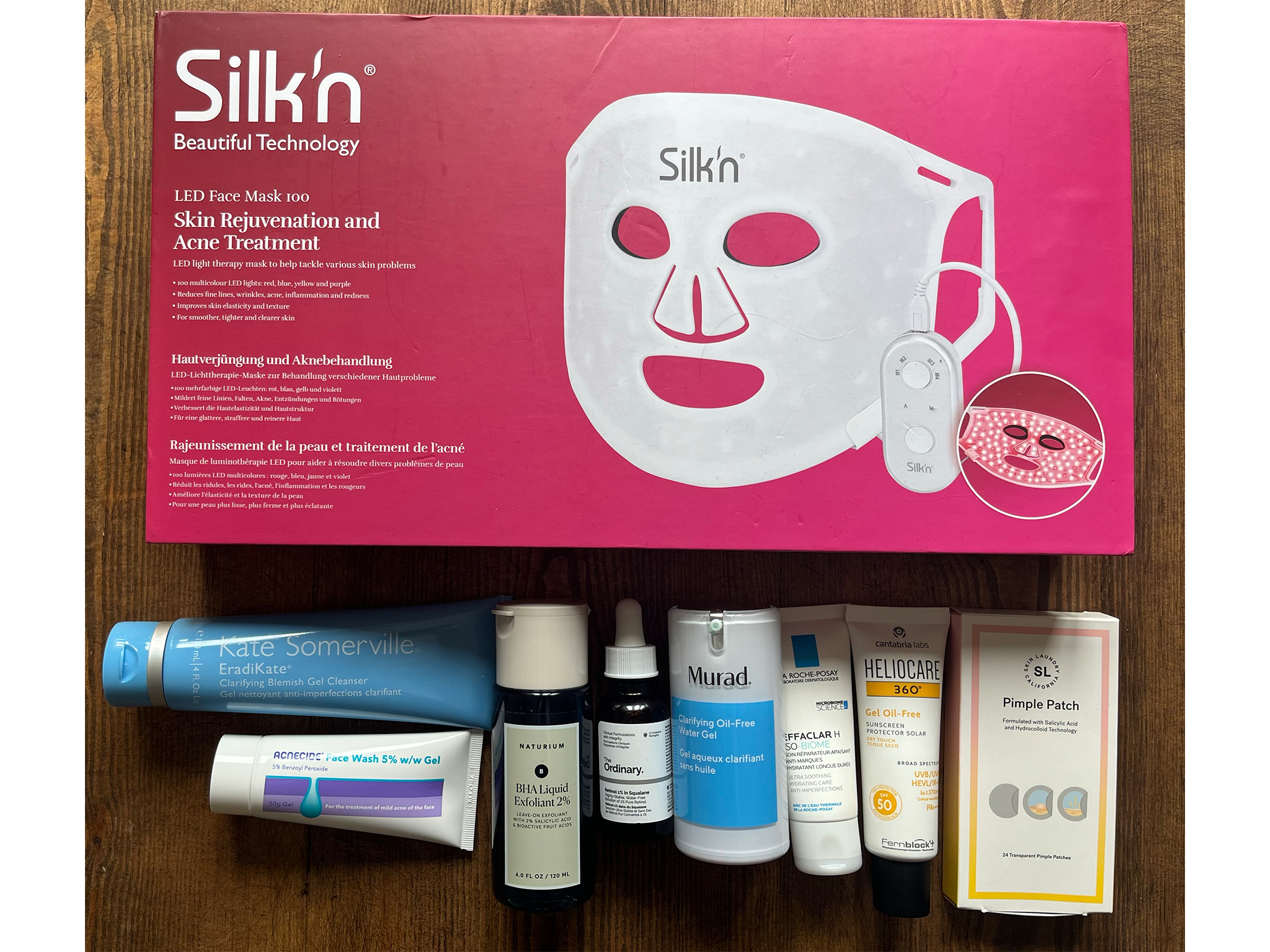
We’ve spent weeks testing a dermatologist-approved skincare routine, spanning cleansers, serums, retinol, moisturisers, SPF and even LED treatments. Here, we detail our findings and share the ingredients our experts recommend – we’ve listed the products in the order they should be applied.
The best skincare products for acne in 2024 are:
- Best cleanser for blackheads and whiteheads – Acnecide face wash 5% w/w gel: £7.50, Amazon.co.uk
- Best exfoliant for acne-prone skin – Naturium BHA liquid exfoliant 2%: £19, Spacenk.com
- Best retinol for acne-prone skin – The Ordinary Retinol 1% in Squalane: £8.50, Boots.com
- Best moisturiser for sensitive skin – La Roche-Posay effaclar H iso-biome moisturiser: £20.90, Cultbeauty.co.uk
Acnecide Face Wash 5% w/w Gel

- Best: Cleanser for blackheads and whiteheads
- Size: 50g
- Key ingredients: Benzoyl peroxide
- Why we love it
- A little goes a long way
- Improved blackheads
- Take note
- Can stain fabrics
“Cleansing is paramount for those with acne-prone skin, as we need to ensure the skin is cleansed from sweat, oil, make-up and pollution for a couple of reasons. Firstly, we want to limit the production of bacteria on the skin, but we also want to ensure the skin is clean before we apply any topical treatments, as they’re likely to work better,” says Dr Mahto.
Her cleanser of choice is the Acnecide face wash 5 per cent w/w gel, which contains 5 per cent benzoyl peroxide, an ingredient she recommends looking out for if you suffer from acne. It’s a gel formula designed to be applied onto wet skin, massaged in and rinsed off. It lathers slightly, has no fragrance and is an easy first step in any skincare routine.
While the 50g tube seems small, a little goes a long way and it’s reasonably priced. It doesn’t leave skin feeling dry, and, over the course of five weeks, we saw a noticeable reduction in blackheads, particularly on our nose.
A word of warning, however: once you’ve rinsed it off, make sure to wash your hands thoroughly as it can stain fabrics.
Kate Somerville eradikate clarifying blemish gel cleanser

- Best: Cleanser for combination skin
- Size: 120ml
- Key ingredients: Salicylic acid and niacinamide
- Why we love it
- Nice lather
Dr Khorana cites this gel cleanser as her top pick for acne-prone skin. “It contains salicylic acid, which unclogs pores, but also niacinamide, which helps calm inflammation and protects the skin barrier,” she says.
It’s a generously sized 120ml tube made with a salicylic acid and prebiotic complex. It can be used day and night to cleanse skin, treat spots and prevent future breakouts.
It’s quite a thick gel texture that lathers nicely for a rich, foam, which can be easily massaged into wet skin and splashed off with water in seconds. This is currently out of stock, but you can sign up to be notified when it’s back.
Naturium BHA liquid exfoliant 2%

- Best: Exfoliant for acne-prone skin
- Size: 120ml
- Key ingredients: Salicylic acid
- Why we love it
- Absorbs quickly
- Effective targetted spot treatment
- Soft, bright results
Dr Khorana recommends salicylic acid for acne-prone skin: “It works by softening and dissolving keratin, a protein naturally found in the skin that can block pores by causing skin cells to stick together. It helps loosen desmosomes (a type of cell structure that binds cells together), allowing the cell to let go of the excess sebum that oily skins like to hold on to. Because salicylic acid keeps pores unclogged, it helps with whiteheads and blackheads too.”
Dr Khorana suggests using the Naturium BHA liquid exfoliant 2 per cent twice weekly – increasing its use thereafter if your skin can tolerate it without irritation. Simply soak a cotton pad and swipe all over the face, taking care to avoid the eye area.
This product is very watery and thin and takes less than 10 seconds to absorb. Best of all, you can use it as a targeted spot treatment on areas of concern. Our reviewer struggles with frequent hormonal acne on her chin and found that, after following consistent application, breakouts reduced, and skin was softer and brighter.
The Ordinary retinol 1% in squalane

- Best: Retinol for acne-prone skin
- Size: 30ml
- Key ingredients: Retinol
- Why we love it
- Afforable price
- Absorbs quickly
- Take note
- Slight dryness
When treating acne, Dr Mahto advises the use of retinoids, which are derived from vitamin A: “Retinoids stop skin cells from becoming sticky, reduce the blockage of pores and prevent blackheads from forming.
“When you first use these treatments, it is very common for skin irritation and redness to occur, so, I usually recommend that treatment needs to be built up gradually,” she says. “Start with a couple of applications a week, initially, before building up to daily usage. Retinoids should be applied at night, to clean skin, and sun protection should be worn in the day, as the creams can cause sensitivity to sunlight.”
Retinol is one form of retinoid, and Dr Mahto recommends purchasing The Ordinary retinol 1%. It’s very affordable, costing less than a tenner, and it’s an effective way to further your pursuit of clear skin.
A thin, watery texture, we like the pipette bottle, which allows you to pick up a few drops before massaging them onto dry skin. It absorbs very quickly, has no scent and we saw very minimal irritation during the first few weeks; just a tiny bit of dryness on the tip of the nose.
Murad clarifying water gel

- Best: Moisturiser for oily skin
- Size: 48ml
- Key ingredients: Salicylic acid, glycerin and allantoin
- Why we love it
- Lightweight
- Can be worn under make-up
- Reduced shine
- Improved texture
“If you’re using acne treatments with retinoids, salicylic acid or benzoyl peroxide, your skin may be feeling quite dry, so it’s important to find a non-comedogenic [non-pore-clogging] moisturiser,” says Dr Khorana, adding: “Using a moisturiser also helps to protect your delicate skin barrier.”
Her top-rated suggestion is the Murad clarifying water gel: “This is oil-free, non-comedogenic and contains salicylic acid along with skin barrier-friendly/calming ingredients such as glycerin and allantoin.”
The texture of this is lovely – it’s a lightweight gel that’s instantly refreshing and hydrating but dries down to a matte finish, which is easy to apply make-up on top of. It kept our usually oily T-zone free from shine, and greatly improved textured areas on our cheeks.
La Roche-Posay effaclar H iso-biome moisturiser

- Best: Moisturiser for sensitive skin
- Size: 40ml
- Key ingredients: Thermal spring water
- Why we love it
- Lightweight
- Soothed rosacea
To keep skin moisturised, especially amid the drying effects of some acne treatments, Dr Mahto recommends using this cream from sensitive skin expert La Roche-Posay.
An excellent option if you’re finding dryness is a concern, it’s a lightweight but soothing cream that isn’t greasy, nor leaves you looking shiny.
It took care of dry patches on our nose that we were experiencing with the regular use of retinol, and even helped calm the mild rosacea on our cheeks.
Heliocare 360° oil free gel SPF 50

- Best: SPF for acne-prone skin
- Size: 50ml
- Key ingredients: Vitamin C and E, and green-tea extract
- Why we love it
- No white cast
- Absorbs quickly
- No pillling
“Regardless of having acne or not, wearing sunscreen year-round is important for everyone, as it protects the skin against UV rays,” says Dr Mahto. “It’s particularly important for those with acne to protect their skin, as some of the treatments for acne can make skin more susceptible to the sun. My favourite sunscreen is the Heliocare 360º oil-free gel.”
We can see why she’s such a fan – we loved using this every morning, after our moisturiser. It looks like a cream but has a gel texture that absorbs quickly, doesn’t leave a white cast, has SPF 50 broad spectrum protection and has a matte finish. It didn’t pill, disrupt our make-up, nor feel thick and heavy.
Skin Laundry pimple patch

- Best: Spot patches
- Size: 48 patches
- Key ingredients: Salicylic acid
- Why we love it
- Translucent and discreet
- Prevents spot picking
Alongside your gels, creams and SPF, Dr Khorana also highly rates spot stickers. “These are great, as they’re formulated with calming, acne-fighting ingredients, and they stick to your skin and create a shield from irritants,” she says. “These can also encourage the skin to heal and will stop people from picking.”
We’ve long been fans of the Skin Laundry pimple patches, which may seem expensive, but work out at just £1.60 per patch and have lasted us for months. They’re translucent and discreetly conceal spots while formulated with salicylic acid and hydrocolloid technology to draw out pus and help your spots heal faster.
Designed to treat targeted breakouts over an optimum time of six hours, we tended to wear them overnight and even during zoom calls when working from home. They’re fantastic at preventing you from picking and squeezing at your face – something our reviewer is often guilty of – helping to reduce redness and self-inflicted inflammation.
The adhesive keeps them in place without budging. When it’s time to remove them, simply peel off using a pair of tweezers.
Silk’n LED face mask 100

- Best: LED mask for acne
- Size: N/A
- Key ingredients: N/A
- Why we love it
- Simple to use
- Take note
- Pricey
Lastly, if your budget allows, Dr Khorana recommends an LED mask. “These use different light forms to help treat multiple skin concerns, but the blue light setting helps to kill the bacteria in the skin that is responsible for contributing to acne,” she says.
A device that’s been part of our reviewer’s skincare routine for nearly a year is the Silk’n LED face mask. Despite being well over £100, it’s actually one of the lower-priced options on the market. It’s also simple to use and quick to reduce redness, inflammation and sensitivity.
Once fully charged, its battery life lasts up to four hours, but you only need to use it for 10 minutes, two to three times a week, so it takes a while before it runs out of juice.
It’s designed with ear loops but, for a secure fit and to ensure the LED bulbs on the skin-facing side sit closely to your face, you’ll need to use the Velcro straps that come included.
There are four wavelengths: red, blue, yellow and purple. While the blue can help treat acne, we also found the yellow setting particularly good at calming redness and reducing sensitivity. It automatically shuts off after 10 minutes and there’s no discomfort or sensation at all when wearing it.
The verdict: Best skincare for acne
Following weeks of testing, the product that stood out for us was the Heliocare 360 oil-free gel SPF 50. It’s a lovely, lightweight formula that doesn’t feel sticky or greasy, cause breakouts, clog pores or leave you looking shiny. It’s also a great SPF option that will suit anyone with acne or if you simply want a mattifying, oil-free sun cream.
We also highly rate the La Roche-Posay effaclar H moisturising cream if your acne is causing dryness and flaky skin. Its gentle formula is fantastic on sensitive skin types, it provides hydration all over and feels instantly soothing.
Voucher Codes






